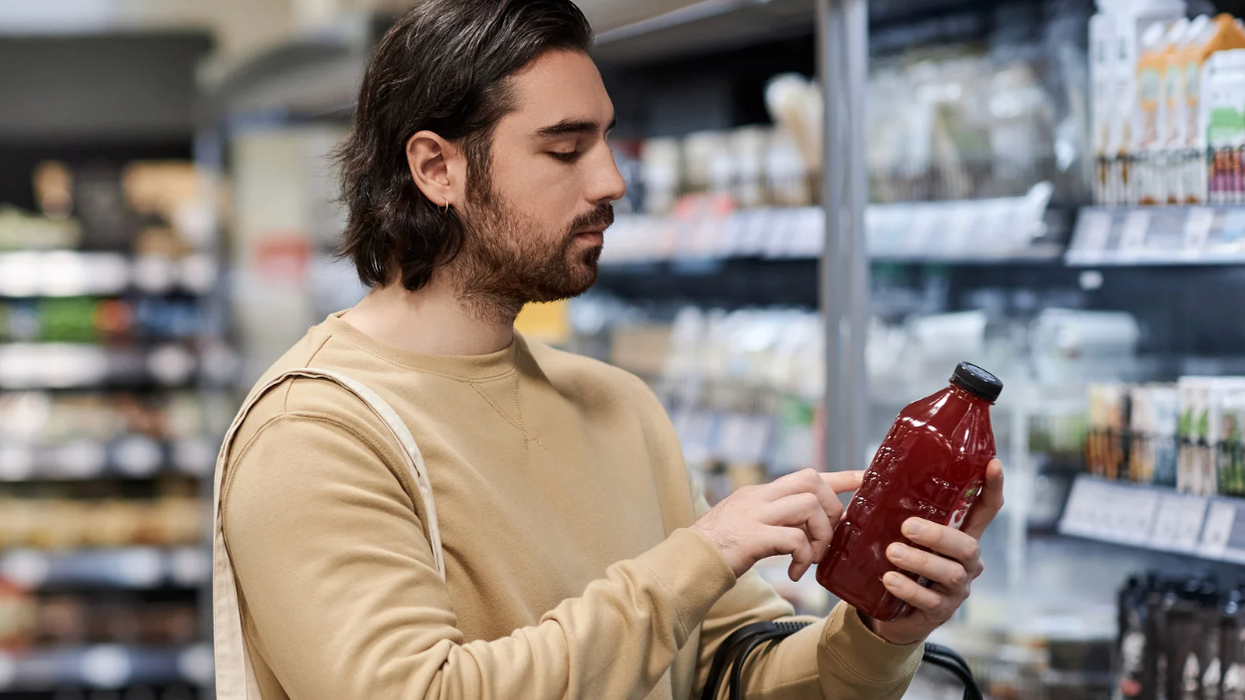In Kathy Roberts’ AP environmental science classroom at Palm Beach Gardens High School, a section of the room is taken up by a table-sized contraption. On top, a piece of Styrofoam with vegetable plants embedded in it floats on a layer of water. Underneath, plastic buckets hold fish and tubing connects the two layers. The aquaponics system—a mixture of aquaculture and hydroponics—is a way to help students understand the nitrogen cycle, something already in the teacher’s lesson plan. But it’s also a part of something much more important: tasking high school students with the big job of figuring out how to feed a growing planet.
The experiment is a cog in a very complex machine called Project Feed 1010.
PF1010, for short, looks at how society will feed itself in 2050, when population growth models predict 10 billion people will live on earth. The brainchild Dr. Nitin Baliga, a senior vice president and director at the Institute for Systems Biology, the undertaking looks at the food security crisis as an overlap between issues of agriculture, employment, and sustainability. It is, to say the least, a very complicated problem.
The students in Roberts’ classroom are the first step in the project; they make up one of many high school classes across the country looking at ways to automate, improve, standardize, and democratize aquaponics. Right now, early in the project, the focus is on designing the aquaponics systems. Later, as the high schoolers’ systems start to chug along, they’ll be used to collect crowdsourced data.
Eventually, that information will be used to shape more in-depth research by professional scientists, the hope being the end results are the most efficient and effective systems that will create the most (and most sustainable) food for a growing planet. Not only that, but the students are simultaneously being given hands-on experience and training that may lead them to scientific jobs in the field that will craft a better, more food-secure, future.
But there’s much more to PF1010 than the student projects. The overarching goal of PF1010 isn’t to come up with a single solution in order to feed a growing planet, but to build the infrastructure that allows more people to make their own aquaponics systems. In the future, aspires PF1010, “Everyone is a citizen scientist, and we are all prosumers (producers + consumers) in a smart food supply chain.” An aquaponics system produces food while requiring little maintenance, beyond feeding the fish. The waste from the fish provides the nutrients to the plants, so the same water can cycle through without being changed.
In order for projects like Dr. Baliga’s PF1010 to succeed in solving huge issues with many moving parts—similar, he says, to finding a cure for cancer—the Institute for Systems Biology needed to look not just at solutions, but at methods of solving an issue with so many interconnected problems. Population growth, shrinking arable land, and water shortage all contribute to the future food needs and demands.
One way PF1010 is addressing these issues is by instituting high school curriculums to study the potential for food production with little land or water use. By challenging students to build a large aquaponics system (25-30 square feet) that can feed an adult their recommended yearly intake of vegetables forever, they are inherently learning about what it takes to feed the world in the face of these obstacles.
PF1010 faces challenges of its own: Nobody has done this sort of crowdsourced research before—especially not with high schoolers—so no system or technology exists to support it. Nor is there a built-in way to communicate the curriculum to teachers around the industry or to fund the project in their classroom.
Thus, the project faces a catch-22. How do you build a network without resources? And how do you build resources without a network? The answer is—very slowly. PF1010 needed proof of concept before someone would invest. So, like the crowdsourcing it planned for data, it turned to networking. It depends on the network to share the idea and encourage teachers to participate, to crowdsource lesson plans to help teachers utilize the systems, and to donate the funds for teachers to buy materials for own classroom system.
The basic plans for a 2' x 4' system on PF1010’s website require about $500 worth of supplies, including everything from the hardware to build it, to the fish that will live in it, to a $0.68 PVC elbow and a $40 water pump (all linked from their spreadsheet). Right below the how-to instructions is a link to a crowdfunding site, where donations will be funneled to teachers and students engaged in the project. And, as the project enters a new school year, Dr. Baliga’s team is working to connect teachers and schools across the country in order to share the creative ways in which each raised money and built their systems. At Roberts’ school, the Future Business Leaders of America program got involved and ended up applying for a global challenge, winning $4000 for the project and ensuring future funding for the program at Palm Beach Gardens High School.
At the same time, PF1010 is looking into how to lower that $500 hurdle in an easily replicable, sustainable way. A class of high school students at the Institute for Systems Biology developed a system for just $33. And while that represented a cost-effective approach, it wasn’t proven to be the most efficient or effective system.
To tackle the multifarious dilemma of balancing cost with efficiency and effectivity, Baliga hopes to have an organized network issuing annual challenges with specific goals in three to five years. He envisions teams competing to develop the technology needed to further the project, as well as massive coordination across districts and states. And in five years, some of those high school students currently involved in the project will be in the job market—as the scientists and entrepreneurs needed to further expand the program. “This is a problem that affects everyone, and we want them to own it,” he says.
How, exactly, that will happen and what the solutions will be in the long term aren’t clear yet—and in part, that’s by design. As noted earlier, PF1010 isn’t looking for a single answer to a single problem. It’s about building a mechanism that gives everyone the opportunity to participate in creating the best solutions. And for Kathy Roberts’ students at Palm Beach Gardens High School, that currently means sharing a classroom with a plastic bin of fish. Fish that might someday save the world, with a little help from those students.

















 Gif of Kaitlin Olson saying "Because I said so ... that's why" via
Gif of Kaitlin Olson saying "Because I said so ... that's why" via 

 A hand holds several lottery ticketsCanva
A hand holds several lottery ticketsCanva "Simpsons" gif of newscaster winning the lotto via
"Simpsons" gif of newscaster winning the lotto via 

 Kids on their computers.Photo credit:
Kids on their computers.Photo credit:  Young girl holds a drone.Photo credit
Young girl holds a drone.Photo credit  Playing with bubbles.Photo credit:
Playing with bubbles.Photo credit:  Friends on the computer.Photo credit:
Friends on the computer.Photo credit: 

 Screenshots of the man talking to the camera and with his momTikTok |
Screenshots of the man talking to the camera and with his momTikTok |  Screenshots of the bakery Image Source: TikTok |
Screenshots of the bakery Image Source: TikTok |